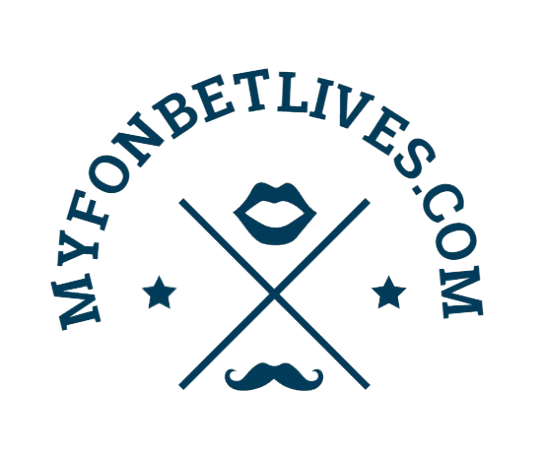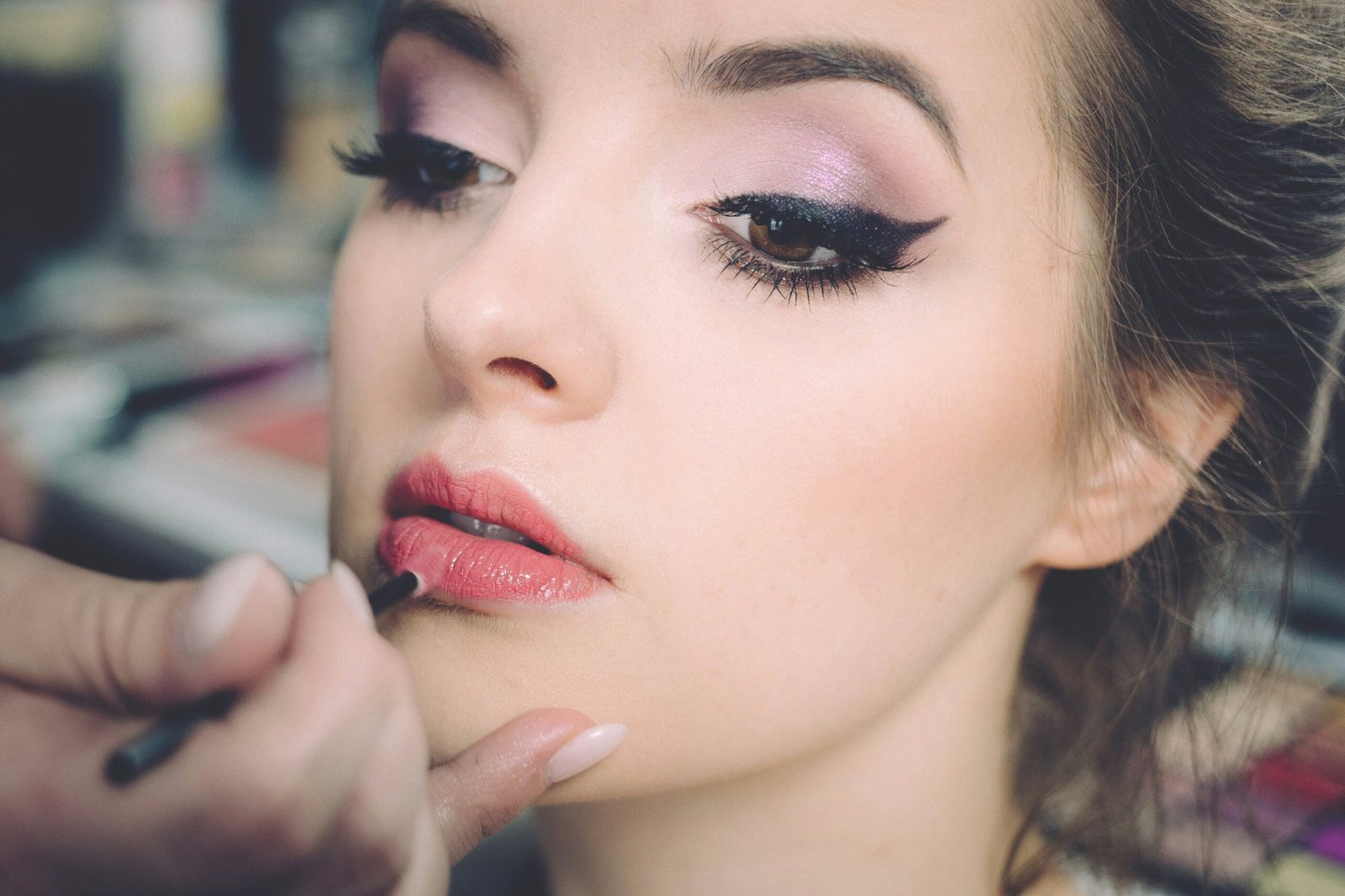Introduction to Makeup Basics
Understanding the core principles of makeup application is essential for anyone embarking on their beauty journey. The initial step in creating a flawless look begins with adequate skin preparation. A consistent skincare routine ensures that the skin is hydrated and smooth. This not only enhances the application of makeup but also contributes to overall skin health. It is crucial to cleanse, exfoliate, and moisturize the skin, tailoring the skincare regimen to one’s specific skin type—whether oily, dry, or combination. Additionally, using a suitable primer can significantly improve the longevity of makeup, allowing it to adhere better to the skin.
Choosing the right products is paramount in achieving effective makeup results. When selecting foundation, it is advisable to sample various shades to find an ideal match for one’s skin tone. It is equally important to understand the different formulations available, such as liquid, cream, and powder foundations, as they can drastically affect the end result. Similarly, concealers need to be chosen based on the specific skin concerns that require attention, such as dark circles or blemishes. Understanding the color theory can also aid in selecting the based products that complement the natural complexion.
Essential tools play a vital role in the makeup application process. Brushes, sponges, and applicators should be carefully selected to accommodate different products and techniques. For instance, a damp beauty sponge can provide a seamless finish for fluids, while a foundation brush offers more coverage. Learning basic techniques for applying foundation, concealer, and setting powder lays the groundwork for advanced makeup skills. Blending is crucial, as it helps to achieve a natural look and prevents harsh lines. Ultimately, mastering these foundational aspects of makeup will enable individuals to develop their skills and express their creativity effectively in future applications.
Intermediate Makeup Techniques
As individuals progress in their makeup journey, intermediate techniques become essential to enhance skills and creativity. This stage encompasses methods such as contouring, highlighting, and eye makeup application. Mastering these techniques allows makeup enthusiasts to refine their looks, sculpt their faces, and accentuate their favorite features effectively.
Contouring serves as a powerful tool for redefining the structure of the face. This technique involves using products darker than the skin tone to create shadows in areas such as the cheekbones, jawline, and nose. To achieve a flawless contour, it is crucial to apply the product in moderation and build up layers gradually. Blending is key; a makeup sponge or brush can help soften harsh lines, resulting in a more natural finish.
Highlighting complements contouring by bringing attention to the high points of the face, such as the cheekbones, brow bones, and the bridge of the nose. Various products, including powder and liquid highlighters, can be used for this purpose. For a subtle glow, opt for shades that match the skin tone. Correct placement of highlighter enhances one’s features by adding dimension and radiance to the overall look.
Eye makeup application is another crucial aspect of intermediate techniques. This includes the art of layering eyeshadows to create depth and interest. Begin with a neutral base color and gradually introduce darker shades to define the crease and outer corners. Transition shades blend the two colors seamlessly, allowing for a gradient effect. Additionally, mastering eyeliner techniques, such as winged liner or tightlining, can elevate the entire makeup look.
As one experiments with these intermediate techniques, it is essential to personalize the approach. Practice and experimentation will help develop a unique style while emphasizing the importance of blending and layering products for a polished finish.
Advanced Makeup Tutorials
For those who have mastered the fundamentals of makeup artistry, advanced techniques provide the opportunity to explore creativity and individuality. Among the most popular advanced makeup tutorials are cut creases, graphic eyeliner, and intricate contouring styles. These techniques demand precision and an understanding of color theory, enabling users to achieve stunning, high-definition looks that showcase their skills.
A cut crease is characterized by a defined line that separates the eyelid from the crease, creating an illusion of depth and structure. To execute this technique effectively, one can use a concealer or a specialized eyeshadow base to carve out the desired shape. Complementing this with well-blended eyeshadows offers a striking visual that can be customized for various occasions—be it a night out or a formal event. Additionally, experimenting with different colors and textures allows for a unique interpretation of this classic method.
Graphic eyeliner has gained considerable popularity in recent years, pushing the boundaries of traditional eyeliner styles. Utilizing gel, liquid, or felt-tip liners, skilled artists can create bold geometric shapes and intricate designs that draw attention to the eyes. Mastering this technique requires a steady hand and meticulous planning, but the payoff is an avant-garde look that can elevate any makeup ensemble.
Moreover, complex contouring techniques allow for reshaping the face to enhance its natural beauty. This method often involves highlighters and bronzers to accentuate and define the cheekbones, jawline, and forehead. Tools like makeup brushes, sponges, and even airbrush systems can be employed for seamless application, ensuring a flawless finish.
Additionally, current trends in makeup artistry encourage individuals to experiment and incorporate these advanced techniques into their routines. From social media-inspired looks to runway styles, the ever-evolving landscape of makeup provides endless inspiration. By embracing these tutorials, makeup enthusiasts can refine their skills and express their artistic vision confidently.
Makeup for Different Occasions and Skin Types
Makeup serves as a versatile tool that can be adapted to suit a myriad of occasions and various skin types. Understanding how to tailor makeup application is crucial not only for enhancing one’s features but also for ensuring comfort throughout different events. Navigating the transition from day to night makeup is a significant aspect that many individuals face. For daytime, a light application is often recommended, focusing on natural shades and minimal coverage. However, as the day progresses into evening, one can intensify the look by adding bolder colors and more defined contours. Emphasizing the eyes with darker shades or adding a bold lip can dramatically transform a daytime look into an elegant evening style.
Special occasions, such as weddings or formal events, require particular attention to detail. It is essential to consider the color palette that complements the theme and attire. For instance, soft pastels may work beautifully for spring weddings, while deeper, richer hues might be more appropriate for autumn or winter events. Moreover, utilizing long-lasting makeup products is advisable to ensure that the look remains pristine throughout celebratory activities.
When addressing the needs of mature or sensitive skin types, choosing the right products becomes paramount. Mature skin often requires hydrating foundations that offer good coverage without settling into fine lines. On the other hand, sensitive skin may benefit from hypoallergenic and fragrance-free products to prevent irritation. Pay special attention to skincare before makeup application, as a well-prepped canvas can significantly enhance the overall effect.
Color theory plays a pivotal role in achieving a harmonious look. By selecting shades that contrast or complement one’s skin tone and undertones, individuals can craft a makeup style that flatters their unique features. Taking into account different occasions and skin types ensures that one feels confident and beautiful, regardless of the circumstance.



